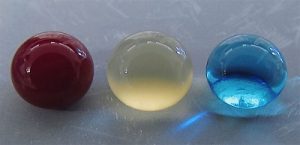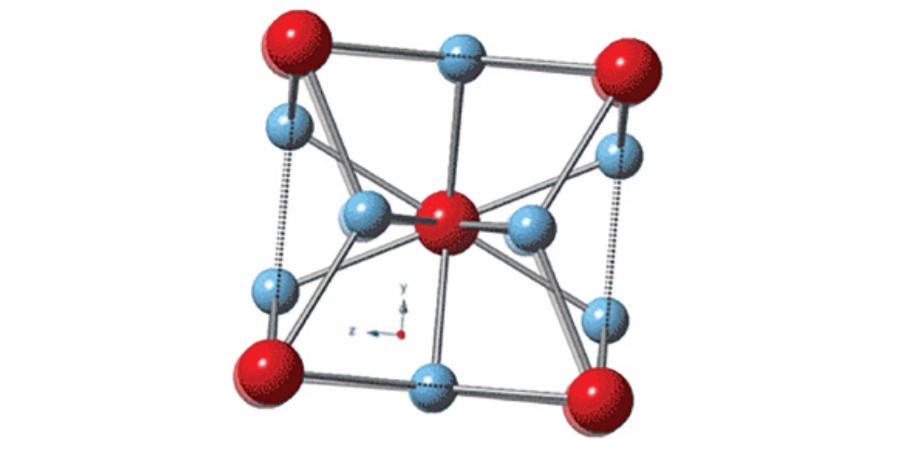Vapor Degreasing Re-Gaining Wider Heat Treat Acceptance
![]() Source: Today’s Medical Developments
Source: Today’s Medical Developments
Vapor degreasing has historically played a critical part in the heat treating process. When oils get on the parts, the parts often have to be cleaned. In the past, vapor degreasing was a very popular way of cleaning the parts, but it became an environmental issue because the solvents used were problematic. Other cleaning solutions were adopted but typically were not as effective as vapor degreasing. Now vapor degreasing is making a comeback with less problematic solvents. This article, although not dealing specifically with heat treating, will have a significant impact on heat treaters.
Read more: Vapor Degreasing Returns for Medical Device Cleaning edited by Eric Brothers
Vapor Degreasing Re-Gaining Wider Heat Treat Acceptance Read More »



